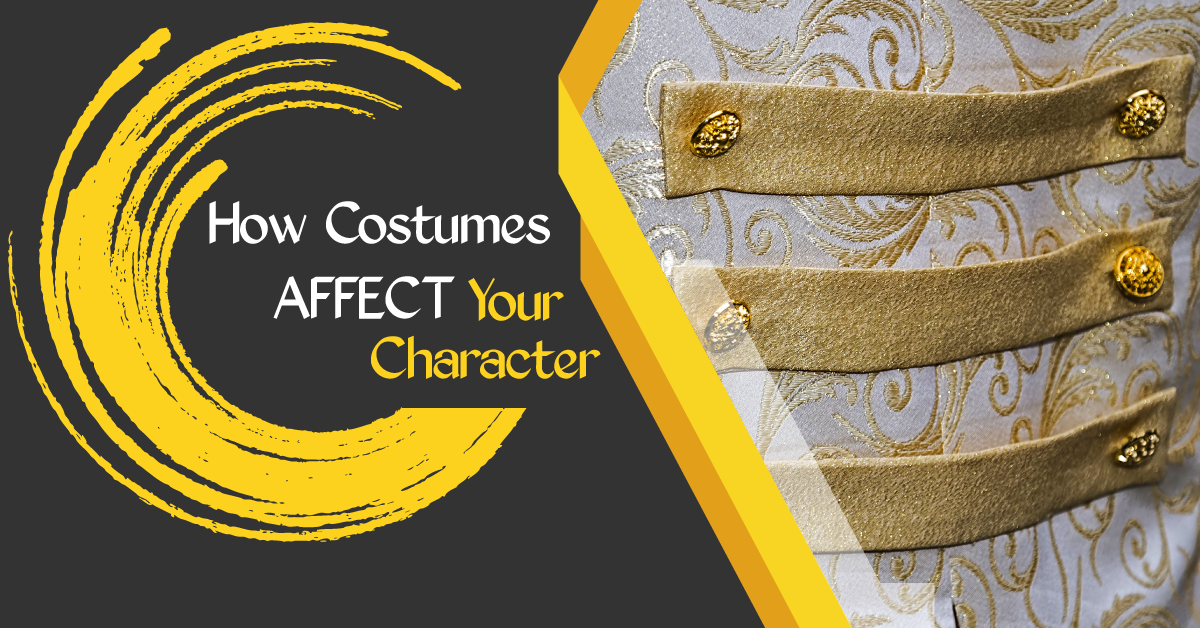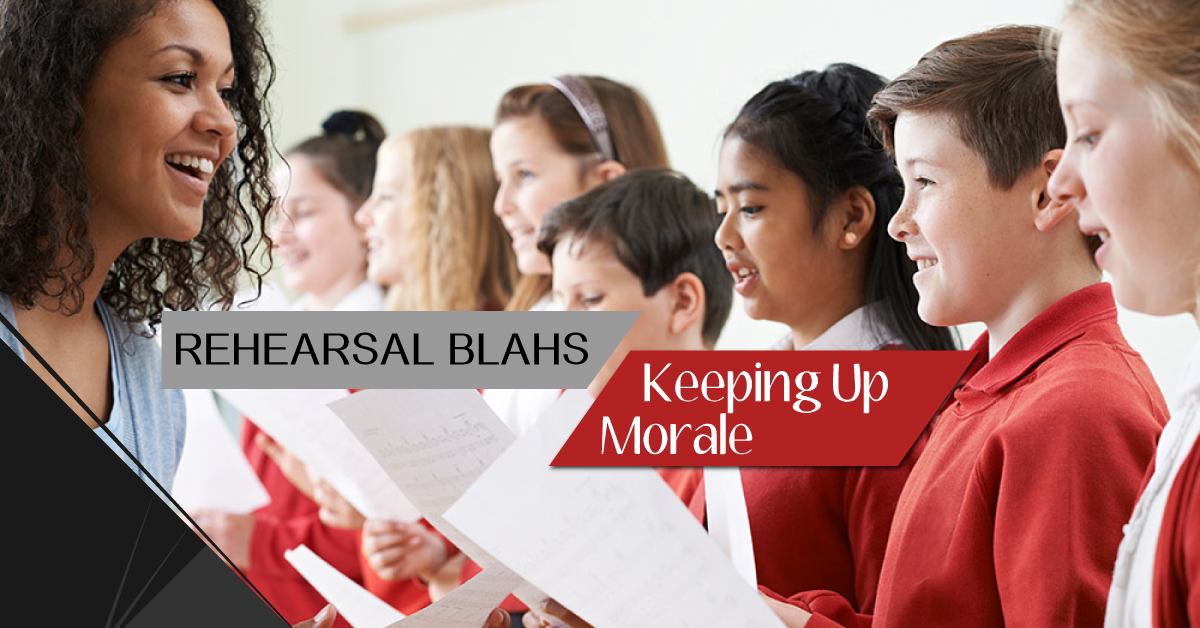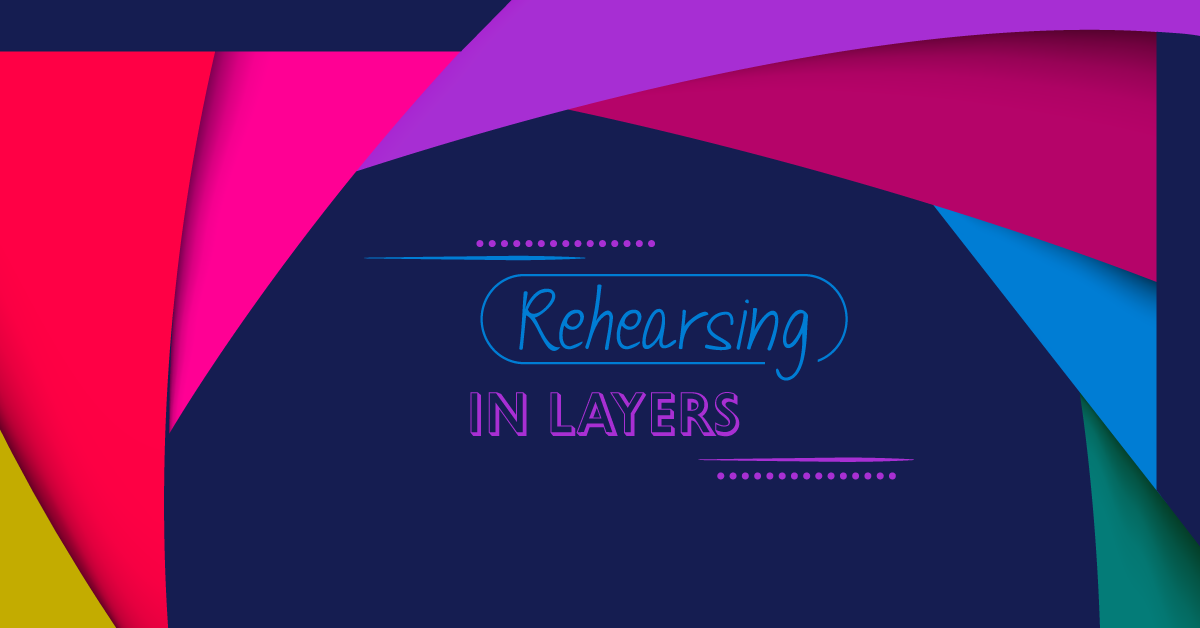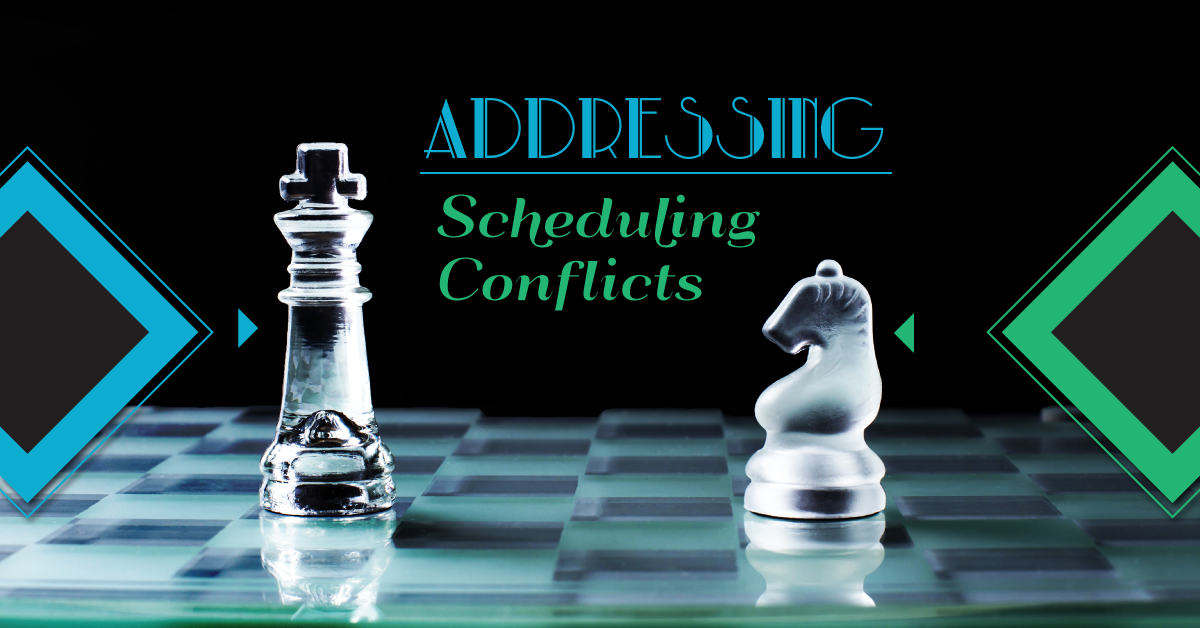A squirt gun would never be mistaken for a real gun, right? Dive into the thought-provoking world of Water. Gun. Argument and challenge what we choose to believe. A thought provoking and powerful piece in a docu-theatre style.
How Costumes Affect Your Character
Costumes are such a fabulous part of theatre – they help tell the story, they help actors get into character, and they immediately tell the audience something about what’s going on. For many student actors, receiving their costumes is a really exciting day. However, once students are actually in their costumes challenges can crop up. Many directors request that students come to rehearsal wearing comfortable clothes that they can move in. While that is useful for learning choreography and blocking, it’s less useful if the students will be wearing costumes that are not workout-gear-esque. Costumes definitely affect an actor’s performance – for better or worse. Let’s look at some ways that costumes can affect performances and character portrayal, starting from the feet and working our way up to the head.
1. Feet and Lower Body
- Shoes
- People walk differently in boots vs. sneakers vs. heeled shoes vs. sandals vs. bare feet.
- In general, avoid wearing flip-flops on stage, as they are super noisy and do not provide good traction.
- Heeled shoes can be noisy both onstage and off. Students should practice walking in them to avoid looking and sounding clumpy.
- If some students are wearing shoes and some are barefoot, the students with shoes on must take extra care not to step on the barefoot students’ feet.
- While this should be done before every show regardless, it is especially important to sweep the stage of any debris before the show if any of your students will be barefoot onstage.
- Solution – Get your shoes early and practice with them during rehearsals.
- Skirts and Dresses
- People sit, stand, and move differently depending on the length and fit of the skirt. Larger and longer skirts can be a tripping hazard. Shorter and tighter skirts can impede movement.
- Students frequently will try to wear older-style period skirts down lower on their hips (modern) rather than at their natural waists.
- It is important that students wearing skirts and dresses wear appropriate undergarments, to avoid “wardrobe malfunctions.”
- Also be sure to give special consideration to accessories such as bustles, petticoats, and crinolines, which can be noisy (lots of rustling) and make it difficult to sit down. As well, the more layers of clothing you add, the hotter and potentially heavier the costume is going to be.
2. Upper Body
- Shirts
- Some shirts can impede arm movement, depending on how tight or billowy the sleeves are.
- Jackets, coats, capes, and shawls
- How do you put them on and remove them?
- Gloves
- Gloves can make it more challenging to grip props (could be slippery or tight enough to impede hand movement).
- Jewelry
- Putting on and removing jewelry can be challenging, particularly if it is being done onstage.
- Jewelry is easily lost and/or broken.
- Solution – Use necklaces/bracelets/chains with magnetic clasps.
- Solution – Have multiples/backups available just in case.
3. Head and Face
- Hats and Headpieces
- Hats fall off easily if not secured properly.
- Caps and wide-brimmed hats throw shadows on actors’ faces.
- Large brims can hide actors’ faces entirely.
- Headpieces (such as fascinators and tiaras) can get tangled in long hair making them difficult to remove.
- Wigs and Facial Hair
- Wigs are in constant danger of falling off.
- Care must be taken to keep wigs looking fresh and tidy.
- Wigs and wig caps should not be shared between cast members.
- Both hats and wigs can affect or interfere with body mics worn at the hairline or on the cheek.
- Fake facial hair must be applied with spirit gum (a special adhesive), which can be challenging to put on and requires a special product to remove.
- Masks and Specialty Makeup
- Masks can impede actors’ vision and facial movements.
- Masks also force students to emote differently, since the face is hidden.
- Some masks can muffle the voice.
- Makeup can pose allergy concerns.
- Makeup can also smear onto costumes or other actors.
4. Overall Concerns
- Quick changes
- Solution – You may need to layer your costumes, if that’s possible.
- Solution – Have costume team members available to assist. Be sure to practice any quick changes before technical and dress rehearsals.
- Movements such as dancing, stage combat, and even sitting or standing can be affected by any of your costume pieces.
- Storage
- Ensure that all costumes are neatly hung up and taken care of (rather than left all over the floor or in a random pile, where they can get stained, stinky, or wrinkled.)
- Rule – No eating or drinking anything while in costume, other than plain water.
- Rule – Any mending, cleaning, or maintenance needs must to be reported to the costume team immediately for them to deal with. Don’t try to fix a broken item yourself without consulting the costume team. Don’t wait until the day of the performance to speak up – it is most likely the team will not be able to do anything at that time.
The most important takeaway is for students to practice as early as possible with important costume pieces. In this case, “important” can refer to items that are difficult to work with and/or new and unfamiliar to the student. Characters must look as though the items they wear are completely normal and natural for them. The more natural an actor looks in their costume, the easier it will be for them to sink into their character.
Click here for a free mini-exercise and reflection.



